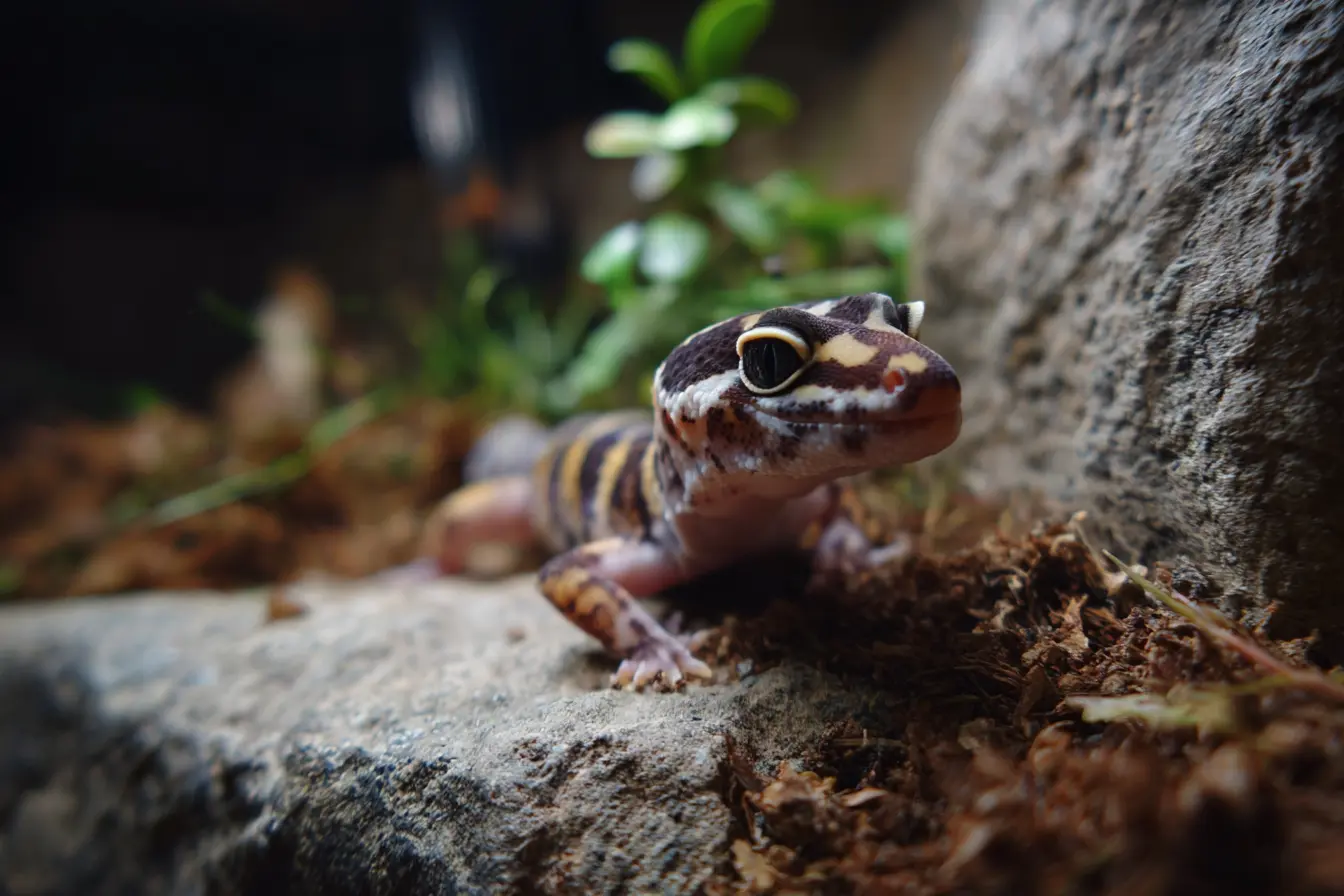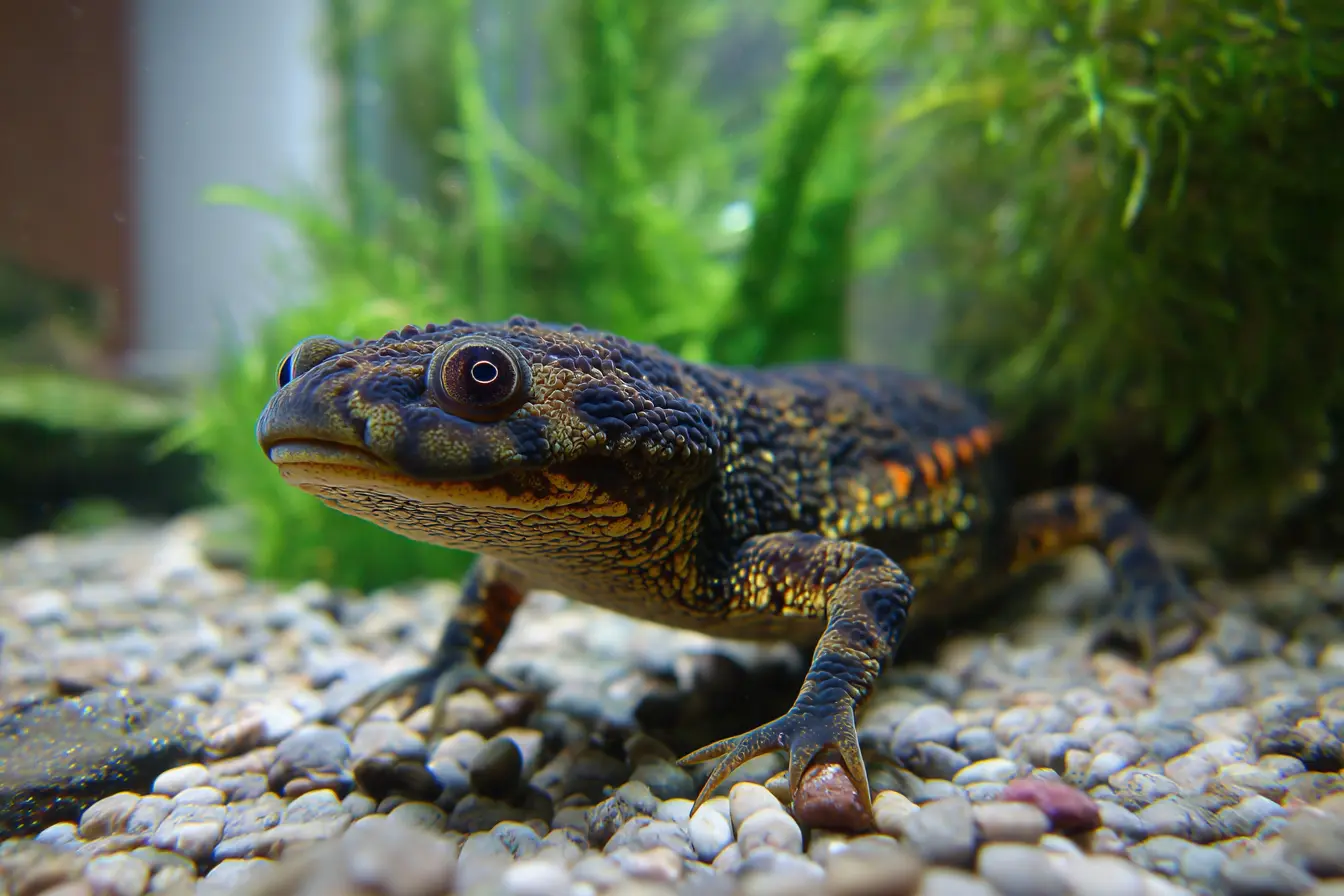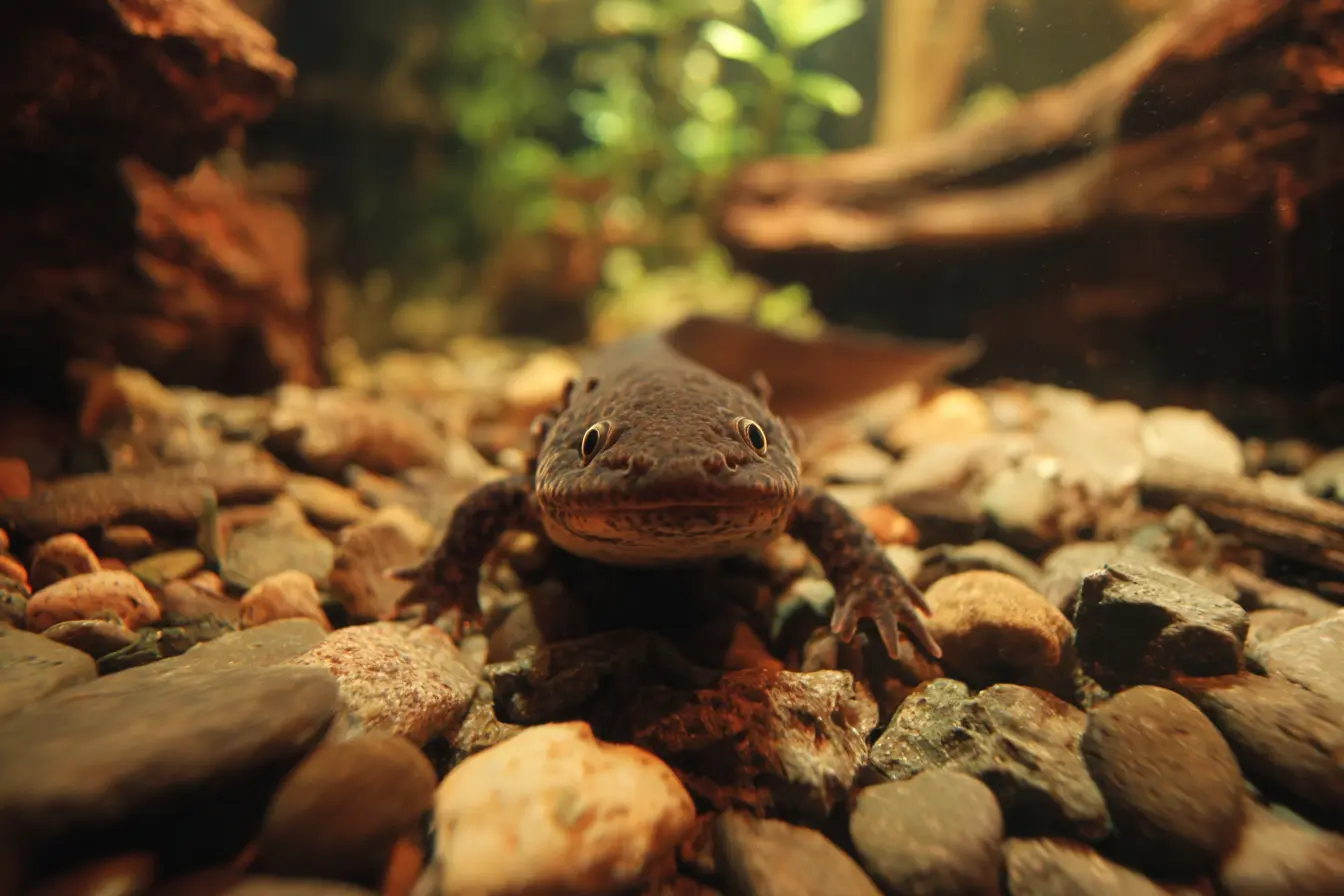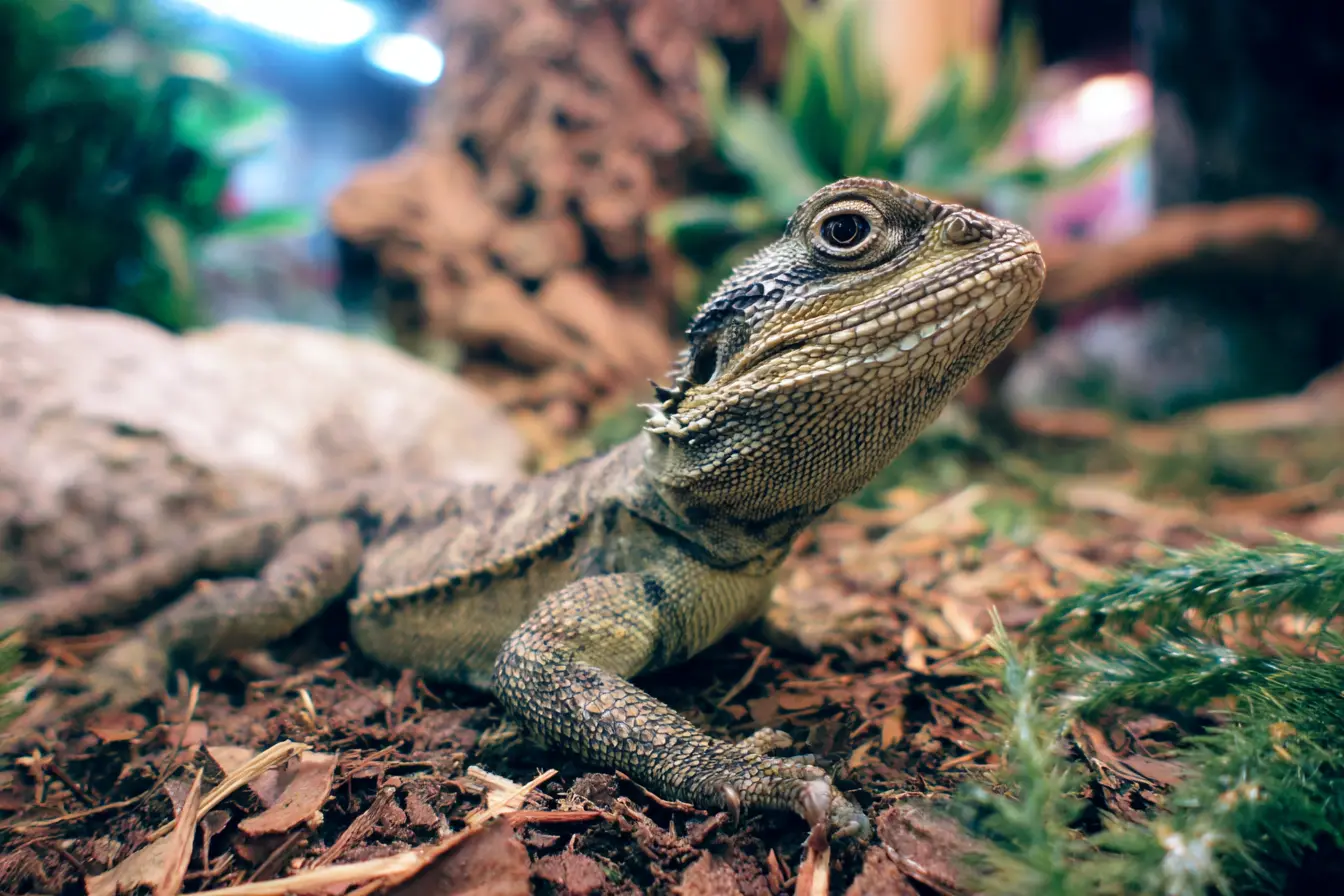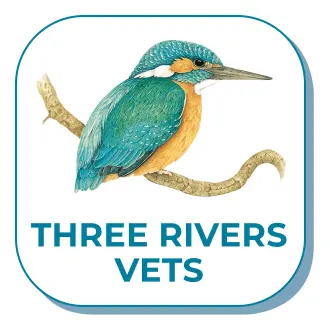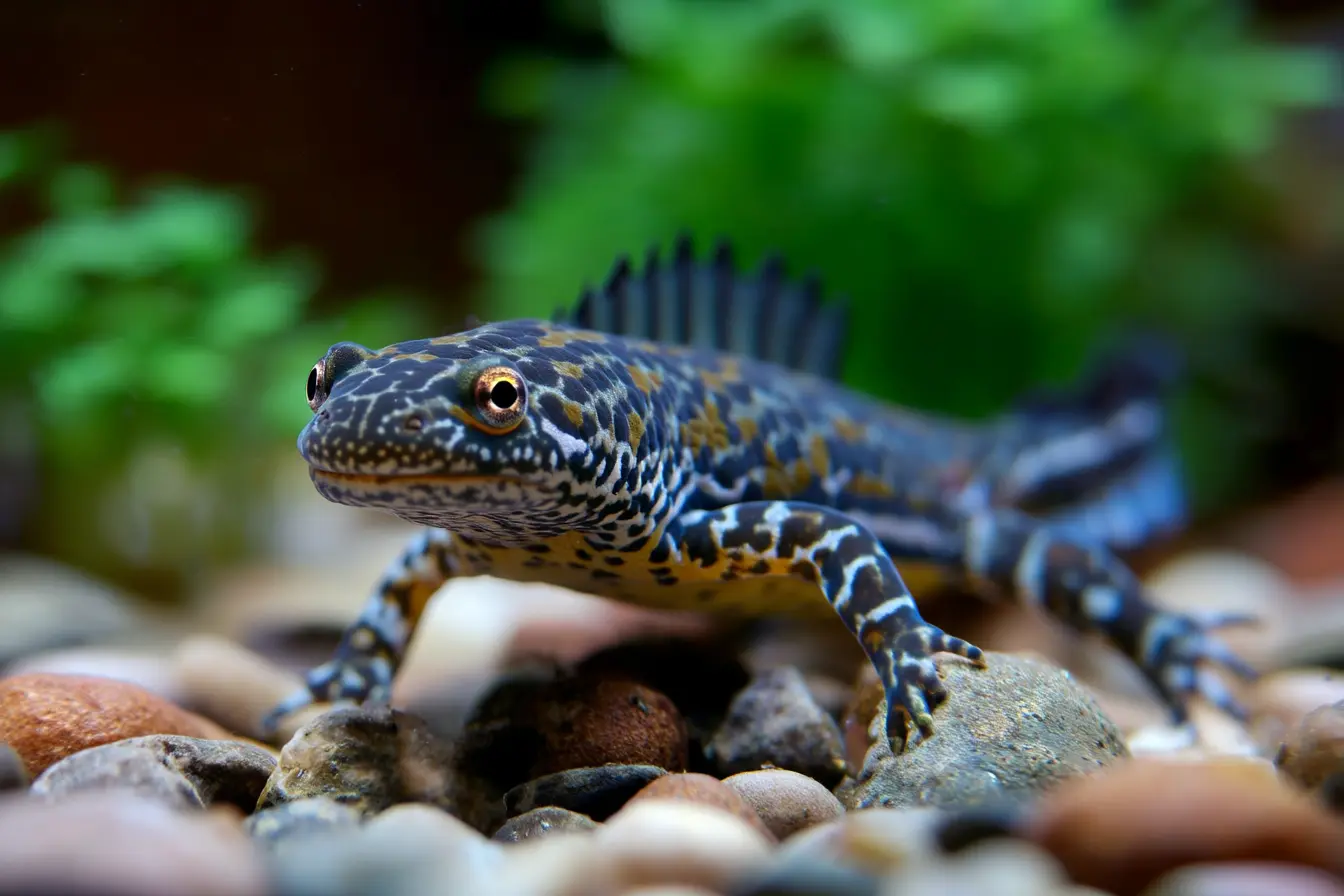
Keeping the Banded Newt: A Comprehensive Guide
The banded newt (Ommatotriton ophryticus) is a striking and less commonly kept amphibian species, native to parts of the Caucasus region, including Turkey, Georgia, and neighbouring areas. Known for their vibrant breeding colours and bold, contrasting bands along their bodies, banded newts are a fascinating addition for experienced amphibian keepers interested in a slightly more challenging species with rewarding visual appeal.
This comprehensive care guide covers all essential aspects of banded newt husbandry, including natural history, housing, diet, and breeding considerations.
Physical Characteristics
Size
- Adult banded newts typically grow to between 9–14 cm (3.5–5.5 inches) in total length.
Lifespan
- With attentive care, banded newts can live for 8–12 years in captivity, although some individuals may surpass this with optimal conditions.
Colouration and Skin Texture
- Outside of the breeding season, banded newts display earthy brown tones with darker markings.
- During the breeding season, males develop vivid colouration with striking bands of orange, yellow, and black, alongside a prominent crest.
- The skin is smooth and moist during aquatic phases and slightly granular in terrestrial phases.
Sexual Dimorphism
- Males are more brightly coloured during breeding, have a noticeable dorsal crest, and appear slimmer.
- Females tend to be more robust with subtler colouration year-round.
Legal and Ethical Considerations
Banded newts are not as commonly found in the pet trade as some other species, but captive-bred individuals are occasionally available from specialist breeders. It is important to research local regulations, as wild collection is prohibited in many regions to protect natural populations.
Ethical sourcing is crucial—purchase from reputable breeders and avoid supporting wild-caught trade to ensure the conservation of this beautiful species.
Housing and Enclosure Setup
Banded newts exhibit a semi-aquatic lifecycle, alternating between aquatic breeding seasons and terrestrial periods, particularly in captivity.
Enclosure Size
- Aquatic Setup: During breeding and aquatic phases, a 60 litre (15 gallon) aquarium is suitable for a pair, with larger groups requiring more space.
- Terrestrial Setup: Outside the breeding season, a spacious terrestrial terrarium with ample hides and damp substrate is ideal.
Substrate
- Aquatic: Use a sand or bare-bottom setup for easy cleaning, with smooth rocks and aquatic plants for enrichment.
- Terrestrial: Provide a deep layer (7–10 cm) of soil, coconut fibre, and moss to maintain humidity and support burrowing behaviour.
Hides and Decor
- Include plenty of hiding spaces using cork bark, live or artificial plants, and rock formations.
- Aquatic setups should incorporate floating plants and submerged hides to help newts feel secure.
Temperature and Humidity
- Temperature: 16–22°C (61–71°F) is optimal. Avoid temperatures above 24°C (75°F).
- Humidity (Terrestrial Phase): Maintain high humidity around 70–80% by regular misting and providing moist substrate.
Lighting
- Banded newts do not require specialised lighting but benefit from a natural day-night cycle.
- Low-level lighting supports plant growth and natural behaviours.
- UVB lighting is optional but may be beneficial for overall health, especially in bioactive enclosures.
Diet and Feeding
Banded newts are enthusiastic carnivores, requiring a protein-rich diet composed of live or frozen prey.
Suitable Food Items
- Earthworms and chopped nightcrawlers
- Bloodworms and blackworms (live or frozen)
- Crickets (gut-loaded and pre-killed for aquatic feeding)
- Daphnia and small shrimp (for aquatic phases)
- Small feeder fish (only occasionally, and disease-free)
- High-quality amphibian pellets as a supplement
Feeding Schedule
- Juveniles: Feed daily with a varied diet.
- Adults: Feed 3–4 times per week, offering enough food to be consumed within 15–20 minutes.
- Adjust feeding based on activity levels, especially during breeding seasons.
Supplementation
- Feeders should be gut-loaded and occasionally dusted with calcium and vitamin supplements, particularly for breeding females.
Behaviour and Handling
Banded newts are active and curious, especially during their aquatic breeding phase, but they are better suited as display animals rather than pets for handling.
Behaviour
- Naturally secretive but become more active when well-settled.
- Breeding males display courtship dances, flaunting their colourful crests and tails.
- Individuals may be more reclusive during terrestrial phases.
- Communal housing is possible, but sufficient space and hides must be provided to reduce stress and aggression.
Handling
- Avoid handling as their skin is delicate and highly sensitive to oils, soaps, and chemicals.
- Transfers should be done with soft nets or clean, wet gloves.
Health and Common Problems
With correct care, banded newts are hardy, though they require consistent environmental conditions to thrive.
Common Health Issues
- Dehydration: From low humidity during terrestrial phases.
- Skin Problems: Fungal or bacterial infections from poor water quality or overcrowding.
- Emaciation: Due to stress, competition, or incorrect temperatures.
- Inappetence: Can occur after the breeding season or due to improper environmental transitions.
Preventative Care
- Maintain stable temperatures, excellent water quality, and high humidity when appropriate.
- Provide a varied and nutritious diet.
- Quarantine new animals before introduction to existing enclosures.
- Regularly clean enclosures and monitor behaviour for early signs of illness.
Breeding Banded Newts
Breeding banded newts is achievable in captivity with appropriate seasonal cues.
Breeding Triggers
- Gradually increase water levels and reduce temperatures to mimic spring conditions.
- Males will develop brighter colours and a dorsal crest, initiating courtship.
Reproduction
- Males perform courtship displays, leading to spermatophore transfer.
- Females lay eggs individually on aquatic plants or decor.
- Remove adults after egg-laying to prevent egg predation.
Larval Care
- Eggs hatch in 10–20 days depending on temperature.
- Larvae are fully aquatic and require a separate tank with dechlorinated water and gentle aeration.
- Feed larvae with live foods such as baby brine shrimp, daphnia, and microworms.
- After metamorphosis (6–8 weeks), juveniles should be transferred to a moist terrestrial setup until maturity.
Conclusion
The banded newt is a visually stunning and rewarding species for keepers willing to meet its semi-aquatic needs. While requiring a bit more care during lifecycle transitions, their vibrant colours, fascinating courtship behaviours, and manageable care requirements make them a prized species for enthusiasts.
By providing a stable environment, proper seasonal cues, and a rich, varied diet, you can enjoy the fascinating natural behaviours and beauty of banded newts for many years.
Related Vets
Vets near you
Speciality vets
- Aquatics vet specialists
- Birds vet specialists
- Camelids vet specialists
- Cats vet specialists
- Cattle vet specialists
- Deer vet specialists
- Dogs vet specialists
- Equines vet specialists
- Exotic vet specialists
- Goats vet specialists
- Pigs vet specialists
- Poultry vet specialists
- Sheep vet specialists
- Small Mammals vet specialists
- Wild vet specialists
